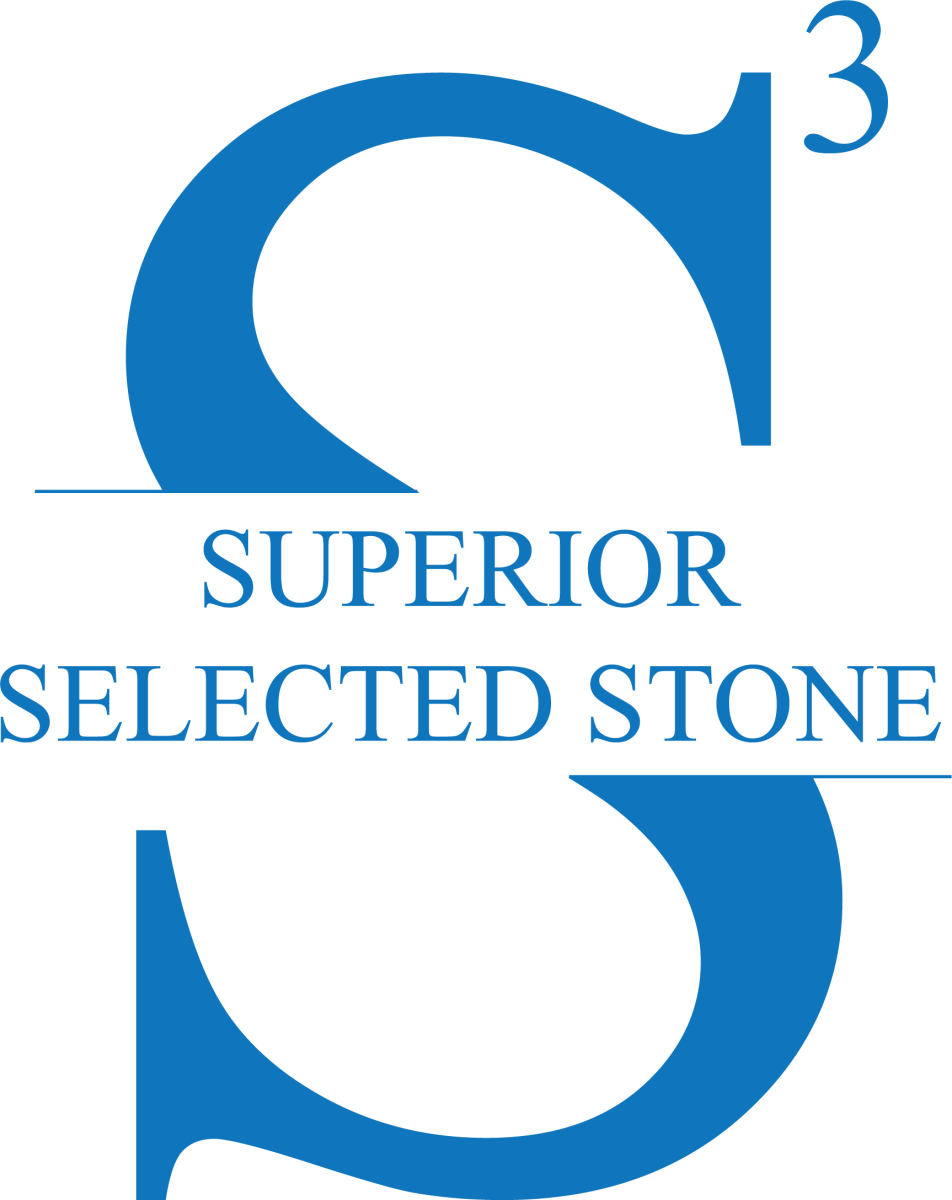Linac Marble: Turkish Natural Stone with Warm Golden Veining
Linac marble stands out among natural stones for its distinctive linear veining and warm color palette. Quarried from Turkey’s historic marble regions, this vein cut marble has become a popular choice for designers and homeowners seeking a balance between visual drama and refined elegance. The stone’s characteristic gold and amber striations flow parallel across cream to beige backgrounds, creating movement without the busy patterns found in cross cut marbles.
History and Origin
Turkey has supplied the world with premium marble for thousands of years. The country's position as a global marble leader stems from its diverse geological formations and centuries of quarrying expertise. Linac marble comes from Turkish quarries that have operated for generations, extracting blocks from deposits formed millions of years ago through intense heat and pressure. The name refers to the stone's linear characteristics, a direct result of how the blocks are sliced. Turkish marble workers perfected the vein cut technique, slicing parallel to the stone's natural bedding planes rather than perpendicular to them. This method reveals the elongated veining patterns that define linac marble and distinguish it from other Turkish varieties like cross cut travertine or swirled Calacatta styles.
Applications and Uses
Linac marble adapts to multiple residential and commercial applications. In kitchens, it serves as countertop material that adds warmth without competing with cabinetry or backsplash designs. The linear veining creates visual interest while maintaining a clean aesthetic that works with both contemporary and traditional styles. Many designers use book-matched Linac slabs for kitchen islands, mirroring the veining pattern for a symmetrical focal point.
Bathroom applications showcase the stone's versatility. Vanity tops in linac marble introduce natural beauty to powder rooms and master baths. When used as shower wall cladding, the parallel veining draws the eye upward, making spaces feel larger. Full slab installations behind freestanding tubs create spa-like environments with minimal grout lines.
Beyond kitchens and bathrooms, linac marble appears in entryways, fireplace surrounds, and accent walls. Flooring applications work well in low-traffic areas, though the stone's softer nature makes it less ideal for busy commercial spaces. Some architects specify it for wall cladding in hotel lobbies and upscale retail environments where the warm tones complement lighting schemes.
Design and Aesthetic Appeal
The aesthetic value of linac marble lies in its ability to add character without overwhelming a space. The gold and amber veining introduces warmth that cold white marbles lack, yet the patterns remain subtle enough for varied design schemes. Each slab tells a different story. Some feature delicate golden threads barely visible against creamy backgrounds. Others display bold amber ribbons that command attention.
The vein cut nature of the stone produces predictable patterns, making it easier to plan installations compared to highly variable marbles. Designers appreciate this consistency when working on projects requiring multiple slabs. The stone's warm neutrals pair effortlessly with wood tones, making it suitable for spaces that blend natural materials. In modern settings, linac marble softens stark white cabinetry and stainless steel appliances. In traditional rooms, it reinforces classic elegance alongside crown molding and detailed millwork.
Color temperature matters in design, and linac marble occupies the warm end of the marble spectrum. This makes it particularly effective in north-facing rooms that receive cooler natural light, where it compensates for the lack of warm sunlight. The stone also responds beautifully to artificial lighting, with the veining becoming more pronounced under direct illumination.
Caring for Linac Marble
Marble requires regular maintenance to preserve its appearance and protect its porous surface. Seal linac marble every 6 to 12 months using a high-quality penetrating sealer designed for natural stone. This creates a protective barrier against spills and staining while allowing the stone to breathe.
Daily cleaning should involve pH-neutral cleaners or mild dish soap mixed with water. Avoid acidic cleaners, vinegar, lemon juice, and abrasive scrubbing pads, which can etch the polished surface and dull the finish. Wipe up spills immediately, particularly wine, coffee, and oils that can penetrate unsealed stone.
Use cutting boards when preparing food on marble countertops. Despite its durability, marble can scratch from knife blades. Place trivets or heat pads under hot pots and pans to prevent thermal shock and potential cracking. Coasters under glasses prevent water rings and protect against acidic beverages.
Transform Your Space with Linac Marble
Superior Selected Stone offers premium linac marble slabs sourced directly from Turkish quarries. Our inventory includes varying intensities of veining to match your design vision, from subtle to dramatic. Each slab undergoes rigorous quality inspection to ensure you receive stone worthy of your project. Contact us today to view our current selection, discuss your application needs, and receive expert guidance on slab selection and care. Schedule your showroom appointment now and discover why designers trust us for their most important marble installations.



